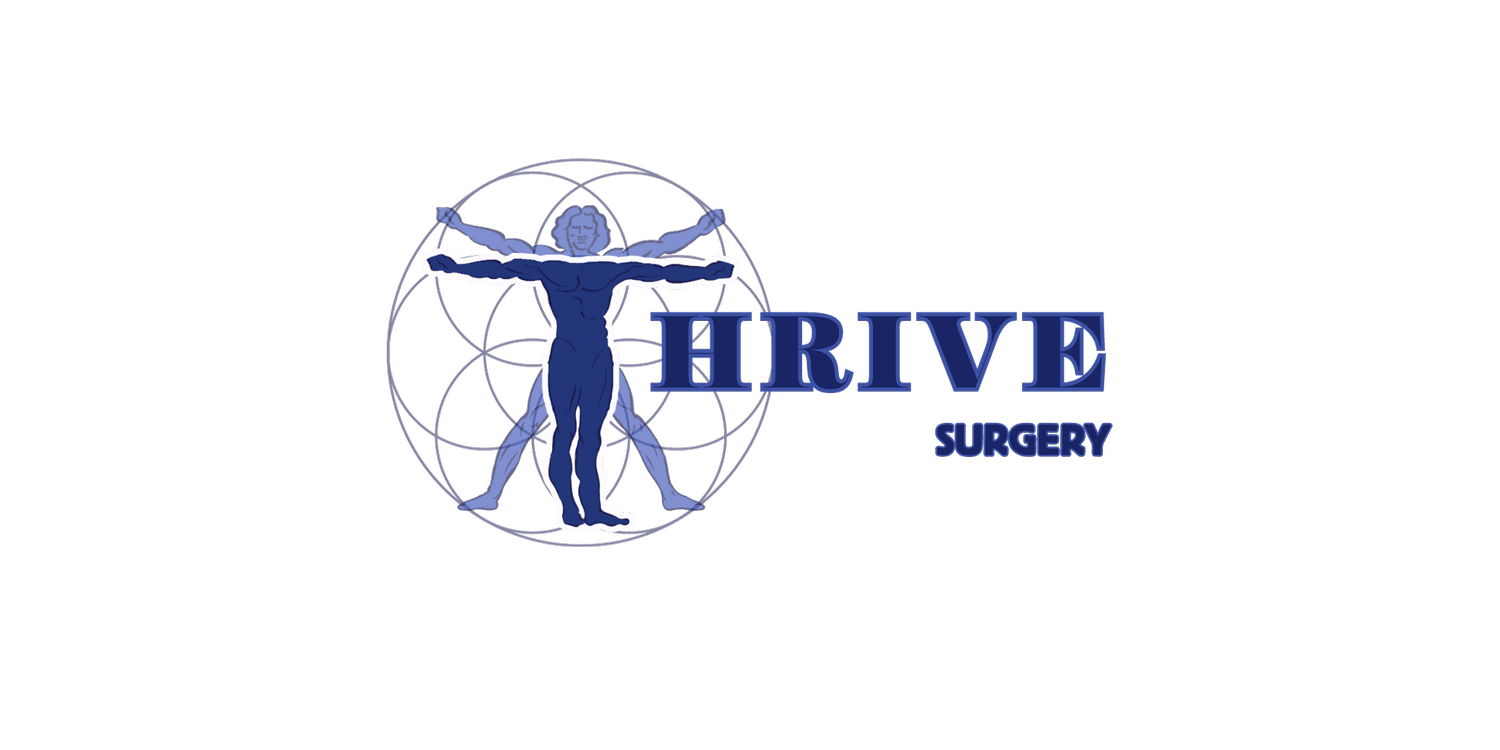Hernia Specialist
A hernia is a tear or opening in the muscles of the abdominal wall. When this occurs, intestines or other abdominal contents can “bulge” or protrude through this hernia defect. Hernias are very common. Many hernias occur without over-exertion or heavy lifting. Almost All hernias need to be repaired.
types of hernias
Hernias can occur anywhere on the abdominal wall.
inguinal hernias
The most common type of hernia is the inguinal hernia also known as a “groin” hernia. Inguinal hernias account for nearly 75% of all hernia cases.
UMBILICAL HERNIAS
Another common type of hernia is umbilical or “belly-button” hernias. Obesity is a common factor in the cause of adult umbilical hernias.
VENTRAL HERNIAS
Ventral hernias can develop at the site of incisions from previous abdominal surgeries.
hernia repair
Hernias may cause significant pain and discomfort. Even if a hernia is not causing pain, life-threatening problems can occur.
Intestines can suddenly become trapped in a hernia. This “incarceration” can obstruct and/or make this portion of the intestine gangrenous. Emergency surgery is then needed. Hernias do not go away without surgery.
Open Incision vs. Robotic Repair
Nearly all hernias are repaired with a screen or mesh, to close the hernia defect. This mesh can be utilized to repair hernias through relatively small, traditional “open” incisions.
Hernia repair can often be performed “laparoscopically” or with robotic surgery, with a few very small incisions.
Dr. Zubowicz offers both types of repairs. Surgical options will be reviewed with each patient to decide which option is best for each individual.
hernia repair Care
When can I return to normal activities after hernia surgery?
Generally, patients are independent and mobile the day of surgery. Most patients return to work within one week. We advise lifting nothing heavier than 20 pounds for about a month after the date of the hernia repair.
types of hernias
-
Indirect inguinal hernias are the most common type of hernias in both males and females. They stem from the enlargement of a natural hole in the abdominal wall facilitating the passage of either the spermatic cord (in males) or the round ligament (in women), often influenced by genetic factors. In other words, hernias tend to run in families.
Direct inguinal hernias typically manifest in elderly individuals and arise due to tissue weakening, often aggravated by activities such as heavy lifting or straining.
-
Ventral hernias are holes in the abdominal wall aside from the groin region. They encompass various subtypes such as umbilical, epigastric, Spigelian, and incisional hernias. These hernias can be addressed through surgical repair techniques, including minimally invasive or open procedures, with or without the utilization of mesh reinforcement. The choice of repair method often depends on factors such as hernia size, location, and the patient's overall health status, necessitating a tailored approach for optimal outcomes.
-
An umbilical hernia, characterized by protrusion around the navel, is commonly observed in children, with spontaneous closure often occurring by two years of age. While pediatric cases can be safely monitored, intervention is recommended if closure hasn't transpired by school age. In adults, umbilical hernias may also arise, and while observation is an option, repair is usually advisable, especially if they cause pain, discomfort, or aesthetic concerns. Hernias never go away on their own.
-
Occasionally, inguinal hernias can be challenging to detect during examination, lacking any visible or palpable bulge, referred to as occult or hidden hernias. Despite the absence of overt symptoms, a hernia may still be present. Athletes might experience persistent groin pain following a sports-related injury, possibly due to minor tears in the muscle wall, exacerbating discomfort upon resuming strenuous activity. Initial management often involves rest and physical therapy, with surgical intervention considered for individuals experiencing persistent pain beyond 6-8 weeks post-injury.
-
This type of hernia, known as a femoral hernia, is close to the location of an inguinal hernia, situated where the femoral artery and vein pass from the abdomen into the leg. While less prevalent than inguinal hernias, they exhibit a higher incidence in females and pose a greater risk of strangulation. Because of the even higher risk of complication, it is advisable to undergo repair upon diagnosis of femoral hernias to mitigate the risk.
-
Any person who has had previous abdominal surgery may develop an incisional hernia. These hernias develop from areas of weakness in scar tissue due to poor healing of old incisions. Factors that increase the risk of developing an incisional hernia include: excessive or premature physical activity after surgery, obesity, poorly controlled diabetes, smoking, and wound infection.
-
This hernia type arises due to weakened muscle fibers in the diaphragm, where the esophagus (food tube) goes through the diaphragm, leaving the chest and entering he abdomen. A larger than normal hole can potentially result in an abnormal amount of stomach protruding into the chest cavity. These hernias often are not associated with any symptoms, but they can also lead to increased heartburn and acid reflux. If symptoms are effectively managed with antacid medication, observation may be deemed safe; however, surgical repair is recommended if symptoms persist despite medication.
-
Diastasis recti occurs when the parallel rectus muscles (what gives a person a “six pack”) in the abdomen separate abnormally, potentially leading to a noticeable bulge in the middle of the abdominal wall. This condition, commonly seen after pregnancy in women or extensive weight loss, can weaken abdominal muscles, resulting in discomfort and difficulty performing routine activities. While surgery is rarely necessary, exercises prescribed by a physical therapist can help strengthen the abdominal muscles, with surgical intervention reserved for cases where muscle weakness significantly impacts daily life or for cosmetic reasons.



